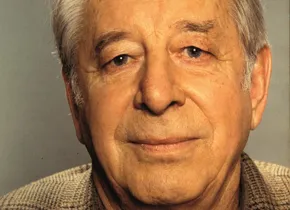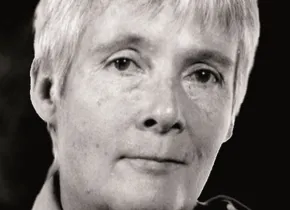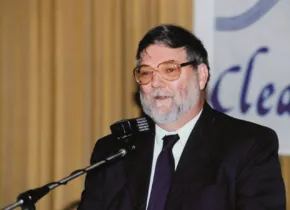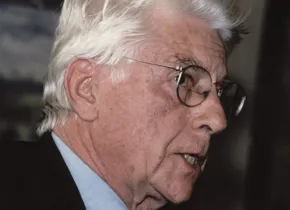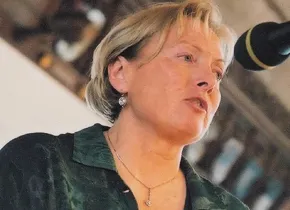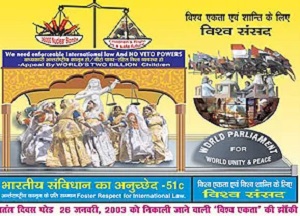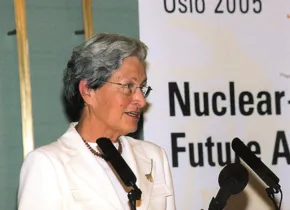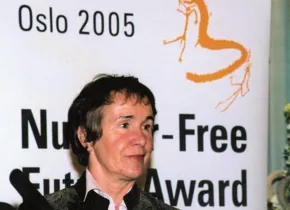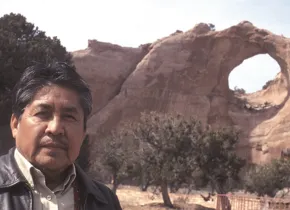Posts by jan
Klaus Traube, Germany
Categories: Lifetime Achievement and Special Recognition – 2000
After 16 years as a reactor expert and managing director of Interatom, Professor Klaus Traube outlined new energy paths beyond the atom and fossil fuels. He worked as a publicist and director of the Institute for Municipal Energy Economics at the University of Bremen until his retirement. He was the author of calculations for CO2 reduction and exit scenarios. He got the NFFA for his life’s work.
David Lowry, Great Britain
Categories: Lifetime Achievement and Special Recognition – 2001
After radioactive sludge contaminated the Rio Puerco at Churchrock in 1979 and damaged the nuclear power plant “Three Mile Island”, David Lowry started to build up a network of informants and an archive of information about the nuclear industry. His speciality: carefully prepared parliamentary questions for members of the British House of Commons, the European Parliament and the Council of Europe.
Solange Fernex, France
Categories: Lifetime Achievement and Special Recognition – 2001
Since the atomic bombs were dropped on Hiroshima and Nagasaki, biologist Solange Fernex has fought, struck, starved – and slept little – for the end of all nuclear weapons testing. She travelled the world with small luggage and called for disarmament and the renunciation of nuclear energy through microphones and megaphones: The 67-year-old pacifist Solange Fernex is considered the mother of the French anti-nuclear movement. She was awarded the NFFA for her life’s work.
The Bulletin of the Atomic Scientists, USA
Categories: Lifetime Achievement and Special Recognition – 2002
Since the bombs on Hiroshima and Nagasaki, the magazine published in Chicago reliably reports on questions of the nuclear threat. The Bulletin was founded by former scientists of the Manhattan Project, the U.S. secret program during World War II that was responsible for developing the atomic bomb. Its symbol is the apocalyptic clock showing the imminent end of the world. A special recognition by the NFFA.
Alexei Yablokov, Russia and Francis Macy, USA
Categories: Lifetime Achievement and Special Recognition – 2002
Two men from very different worlds, the Russian Alexei Yablokov and the American Francis Macy. Yablokov, founder and president of the Center for Russian Environmental Policy, and Macy, one of the directors of the NGO Tri-Valley CARE, have been working closely together since 1991 and founded the Nuclear Watchdog Network, a coalition of grassroots organizations that monitor nuclear facilities in Russia and Ukraine. They received the honorary award for their life’s work.
Inge Schmitz-Feuerhake, Germany
Categories: Lifetime Achievement and Special Recognition – 2003
Inge Schmitz-Feuerhake’s life’s work is determined by her scientific achievements in the research of long-term effects in the low-radiation range and their measurability. Exemplary for her commitment is the search of more than ten years for the causes of the accumulation of leukaemia in children in the vicinity of the Geesthacht nuclear facilities. Schleswig-Holstein was therefore given a leukaemia commission. She received the NFFA for her life’s work.
City Montesori School Lakhnau, India
Categories: Lifetime Achievement and Special Recognition – 2004
Peace education plays a key role in the curriculum of the Montesori School Lakhnau. The school’s efforts for total and worldwide disengagement from nuclear technology – both civilian and military – have brought it much attention. And the list of personalities and institutions that have responded to its curriculum is now impressively long. The NFFF honors this with a special recognition.
Hildegard Breiner, Austria
Categories: Lifetime Achievement and Special Recognition – 2004
Hildegard Breiner, today the Grande Dame of the environmental and anti-nuclear movement in Vorarlberg/Austria, earned her spurs as an activist over a quarter of a century ago – in the fight against Zwentendorf. To this day no nuclear power is produced in Austria because in 1978 the opponents of nuclear power won a referendum very narrowly over the government and the nuclear lobby. The Zwentendorf nuclear power plant was not allowed to be built any further. He received the honorary prize for his life’s work.
Mathilde Halla, Austria
Categories: Lifetime Achievement and Special Recognition – 2005
Already in 1973 Mathilde Halla joined the citizens’ initiative against nuclear threat. Today the first monument to outdated energy production stands in Zwentendorf. The narrow victory of the opponents of nuclear power in the Austrian referendum of 1978 has a lot to do with Mathilde Halla’s commitment. And the opposition to nuclear power in the Czech Republic and Slovakia bears her signature not least. She received the NFFA for her life’s work.
Phil Harrison, USA
Categories: Lifetime Achievement and Special Recognition – 2006
Phil Harrison reported in 1992 at the World Uranium Hearing in Salzburg on the cancer death of his father at the age of 43, who wore neither mouthguards nor gloves in the unventilated uranium mines. Lung cancer, silicosis, leukemia and skin cancer became the miners’ diseases. He wants recognition and reparation for the human sacrifices his people have made for the nuclear industry. He was honoured with a special recognition.
